Cricket was always about a game of bat and ball when it was stated, time has changed, so the game of cricket has also changed from when the first match was played with the introduction of modern technology in cricket, which make this sport more fun and visually appealing for viewers to watch. It has seen many introductions to sports like a world cup or safety measurements, ensuring the players are safe. Today we look at the Top 10 innovations that revolutionized the game of cricket.
1. Third Umpire
The introduction of a third umpire made the decision-making more accurate as the umpires can refer to the third umpire whenever they cannot decide, deciding within seconds with naked eyes and only one frame can get extremely hard for the umpires, which leads to the wrong decision being made but since the introduction of third umpire then the efficiency has gone up.

2. LED Stumps and Bails
The wooden bails and stumps made it challenging for the third umpire to decide as they did not know when the stumps were hit, but since the introduction of LED stumps and bails, which light up 1/1000th of a second when the ball hits it, this made the third umpire make the decision much easier and faster.
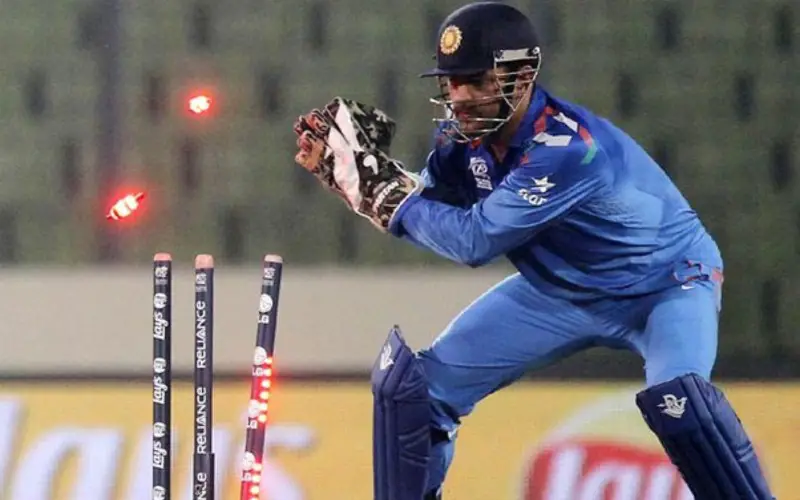
3. Drs
A Decision Review System, also known as Drs, is used by teams if they are not satisfied with the umpire’s decision and want to change the decision, which is shown by making a T with the arms. This allowed teams to review and refer to the decision that they thought was not right and not in their favor.
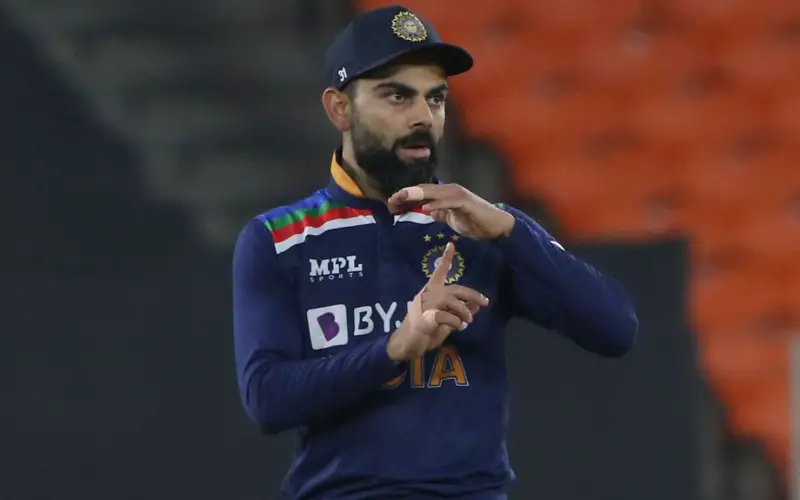
4. Twenty 20
Twenty 20 the most famous introduction to the game and is everyone’s favorite; introducing this made the game of cricket more fun, and it got more people into the game due to the time it takes; usually a test would take five days, and an ODI would take a day for it to get a result, but a normal T20 would take 3 hours for the results and this allowed to the introduction of many franchise leagues like BBL, IPL, PSL, T20 blast.

5. Ultra Edge
Ultra edge captures the sound of the ball hitting any part of the body, it’s placed near the stumps, so it gets any sound it listens, to like the ball hitting the bat. This allowed umpires to make the decision more swiftly, and it took even a slight edge which was not heard by the umpire as he stood 22 yards away from the batter.
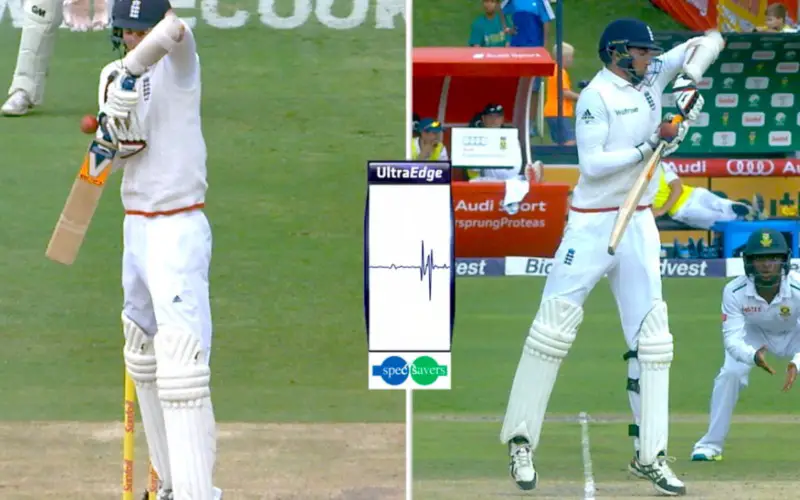
6. Bowling Machine
Bowling Machine was introduced in the year 1985, but it was until 2003 that all the countries started using it; it was introduced for the batter to practice more and improve their skills as bowlers cannot bowl, so a bowling machine could help play how many balls they want to and allow to play in ease.
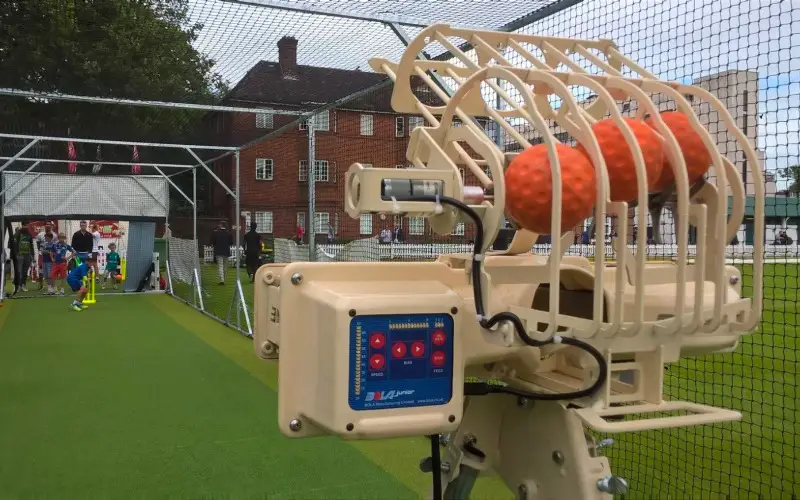
7. Concussion Substitute
Concussion Substitute a substitute is used when a player playing has a concussion by hitting the ball on them, which can be dangerous, so to prevent them from sustaining further damage, they use a substitute, which allows them to rest, and another player can play for them. This was first used in Ashes in 2019 when Stevie Smith got hit on his helmet by Jofra Archer; he was replaced by Marnus Labuschagne as the first concussion substitute.
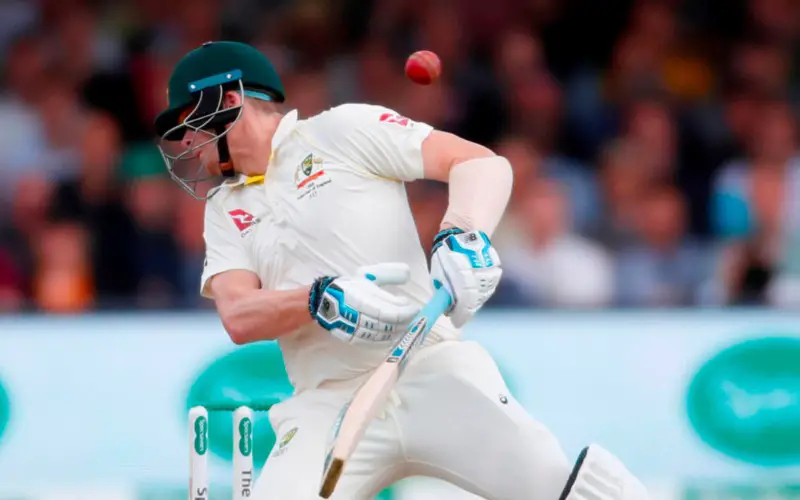
8. Day Night Test Match
A standard test match is played in the morning, which is played till the evening, and has two breaks named lunch and tea for 40 and 20 minutes, respectively. Introducing the Day Night match helped players to fight dehydration as they did not have to play under the sun for a long time, and it allowed more people to watch the game after their job increasing viewers. It was played against Australia and New Zealand in 2015.

9. Hawk Eye
Hawk Eye uses cameras placed throughout the stadium, which track the ball. It allows the viewer to see the ball throughout and can see what kind of ball was bowled by the bowler and can show the viewer the speed, swing or spin, and the bounce it got; this allows viewers to tell more about the pitch and the bowler.
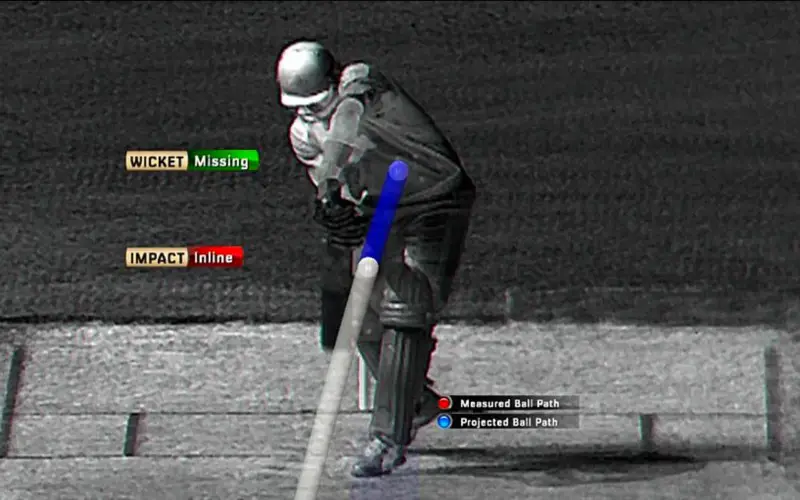
10. Hotspot
Hotspot is an infrared technology that uses infrared cameras to measure the impact of the ball from the bat. In cricket, it helps the umpire to see if the ball hits the bat or other part of the body. It shows if the ball has hit the bat or the pad, which the ultra-edge cannot show as the ball is close to both pad, and bat and the ultra-edge just indicates whether there is a sound.





